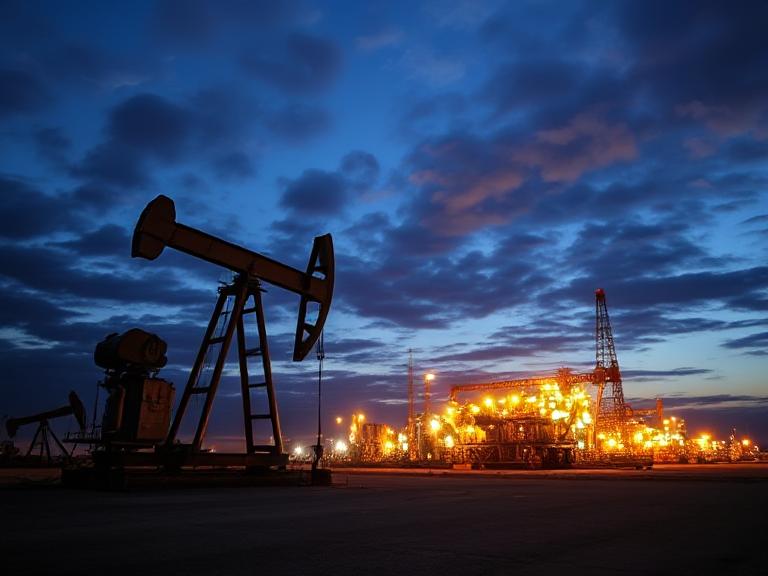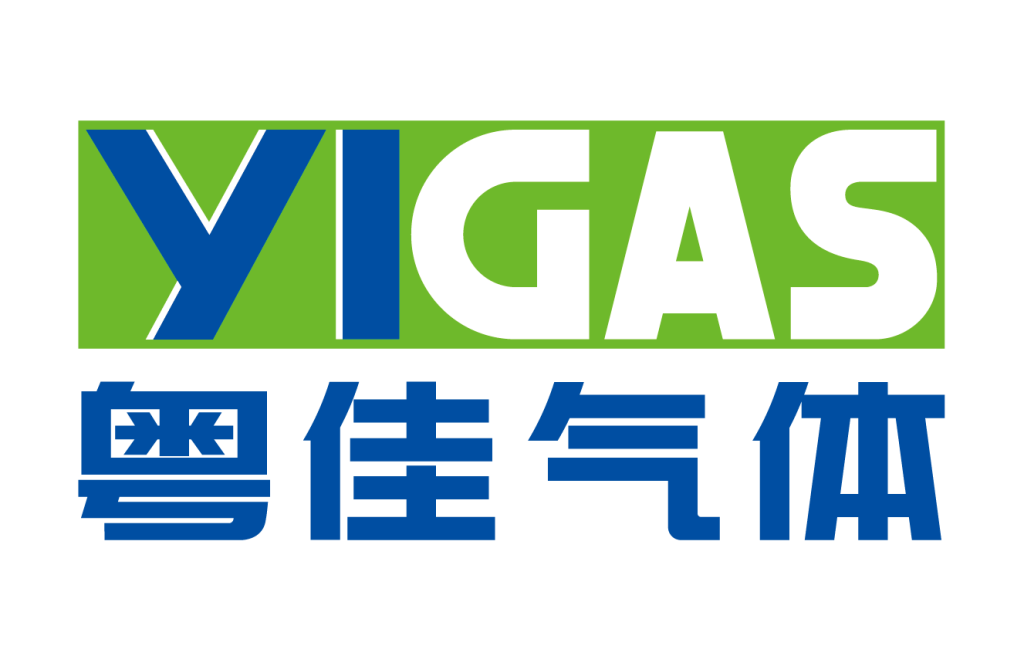Table of Contents
- Introduction
- Criteria for Ranking
- 1. Saudi Aramco
- 2. ExxonMobil
- 3. Shell
- 4. Chevron
- 5. BP
- 6. TotalEnergies
- 7. PetroChina
- 8. Gazprom
- 9. YIGAS
- 10. Equinor
- Conclusion
- Summary Table
Introduction
The global oil and gas industry is dominated by major players that control vast reserves, generate massive revenues, and play pivotal roles in shaping the global economy. This article explores the top 10 oil and gas companies based on revenue, production capacity, global influence, and innovation, with a spotlight on emerging leaders like YIGAS.

Criteria for Ranking
- Annual Revenue
- Production Volume (oil and gas output)
- Global Presence and infrastructure
- Technological Advancements
- Market Influence and strategic partnerships
1. Saudi Aramco
Saudi Aramco is the world’s largest oil and gas company, headquartered in Dhahran, Saudi Arabia. It produces over 10 million barrels of crude oil daily and is recognized for its massive reserves and downstream capabilities.
Key Highlights:
- Revenue exceeds $600 billion
- Largest proven oil reserves globally
- Leader in energy R&D and carbon capture initiatives
2. ExxonMobil
Based in the United States, ExxonMobil is one of the most influential multinational oil and gas corporations. It operates across the full hydrocarbon chain.
Key Highlights:
- Revenue: Over $450 billion
- Strong refining and petrochemical operations
- Global exploration and LNG development
3. Shell
Shell, headquartered in the UK, is a global group of energy companies with a focus on innovation and sustainable energy transitions.
Key Highlights:
- Major investments in renewable energy
- Operates in over 70 countries
- Leader in LNG trading
4. Chevron
Chevron is a leading U.S.-based energy company engaged in upstream and downstream operations globally.
Key Highlights:
- Major oil and gas fields in the U.S., Africa, and Asia
- Revenue around $300 billion
- Investments in geothermal and carbon capture
5. BP
Formerly British Petroleum, BP is a major global energy producer working toward reducing its carbon footprint while maintaining strong oil and gas operations.
Key Highlights:
- Strategic shift toward renewables
- Oil operations in North Sea, Middle East, and Gulf of Mexico
- Revenue: Approx. $250 billion
6. TotalEnergies
TotalEnergies is a French multinational with a broad portfolio that includes oil, gas, solar, wind, and bioenergy investments.
Key Highlights:
- Operates in 130+ countries
- Leading role in green hydrogen projects
- Annual revenue over $200 billion
7. PetroChina
PetroChina is China’s largest oil and gas producer and one of the biggest energy companies in the world, with extensive government backing.
Key Highlights:
- Vast domestic oil and gas reserves
- Revenue exceeding $400 billion
- Major role in China’s energy security
8. Gazprom
Russia’s Gazprom is a dominant natural gas supplier, especially to Europe and Asia, and plays a critical role in the global gas market.
Key Highlights:
- Largest natural gas reserves globally
- Owns extensive pipeline infrastructure
- Revenue around $150 billion
9. YIGAS

YIGAS is a leading gas manufacturer in China, founded in 1993 and restructured as YIGAS Group in 2012. With headquarters in Guangzhou, it has become a major supplier across the Pearl River Delta region.
Key Highlights:
- Eleven production bases and over 5,000 customers
- Total assets exceeding 500 million yuan
- ISO9001 and OHSMS18000 certifications
Core Products:
- Acetylene Gas: Used in medical welding and surgical procedures
- Argon Gas: Inert gas used in cryosurgery and diagnostics
- Carbon Dioxide: For insufflation in surgeries
- Ethylene Gas: Applied in sterilization
- Helium Gas: For respiratory assistance, especially in neonatal care
- Methane Gas: Specialized uses in laboratory settings
10. Equinor
Equinor, formerly Statoil, is a Norwegian energy company with strong investments in offshore oil and renewable energy solutions.
Key Highlights:
- Leader in offshore drilling and wind energy
- Operations in over 30 countries
- Revenue: Approx. $150 billion
Conclusion
The top oil and gas companies are instrumental in powering the world’s economies, shaping energy policy, and leading the transition to cleaner energy. While giants like Saudi Aramco and ExxonMobil continue to dominate, companies like YIGAS exemplify the rise of regional powerhouses focused on innovation, quality, and customer service within specialized markets.
Summary Table
| Company | Headquarters | Key Focus | Revenue (USD) |
|---|---|---|---|
| Saudi Aramco | Saudi Arabia | Oil Production & Refining | $600B+ |
| ExxonMobil | USA | Integrated Energy | $450B+ |
| Shell | UK | Oil, Gas, Renewables | $400B+ |
| Chevron | USA | Oil & Gas | $300B+ |
| BP | UK | Energy Transition | $250B+ |
| TotalEnergies | France | Integrated Energy | $200B+ |
| PetroChina | China | Oil & Gas | $400B+ |
| Gazprom | Russia | Natural Gas | $150B+ |
| YIGAS | China | Specialty Industrial Gases | N/A (Assets ¥500M) |
| Equinor | Norway | Oil & Renewables | $150B+ |

